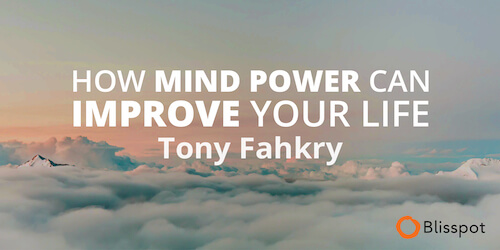The moment of surrender is not when life is over, it’s when it begins. ~ Marianne Williamson
Striving Less to Get What You Want
Are you happy with your life? Is it unfolding as it should or do you face difficulties and challenges you cannot overcome? It’s important we know whether we’re trying to force things to happen or allowing life to unfold as it should. What do I mean by this? Think of a current issue you are trying to resolve? Despite your efforts, has it worked out in your favour? Why not? For example, if you are in a relationship that is causing you trouble, why haven’t your efforts to change the situation succeeded? Despite our efforts to control circumstances, we ought to concede that we have little control after all. I mention this not to minimise your power, but so you understand life isn’t something to be controlled. When we surrender to what is unfolding, everything will develop as it should.
We are conditioned from an early age to take control of our lives. Our parents, teachers and people of influence reinforce this message to go after what we want. I don’t disagree with it. However, when we don’t get what we want, it might seem like life is conspiring against us, where in fact life is functioning perfectly. Is this an idea you’re willing to embrace to become a co-creator of your life? I assure you adopting this way of thinking needn’t involve surrendering your power. In fact, you recognise the source of your power moves effortlessly through you and requires striving less to get what you want. It entails co-operation instead of commiseration.
For example, if you are in a relationship and your partner creates problems for you, how could you stop trying to control the situation? Well, for starters you may want to stop trying to control your partner. Secondly, it would be helpful to better understand your partner and their motives. Thirdly, it requires not trying to manipulate your partner to get what you want- because the other person may concede to your demands if you try hard enough. However the downfall is, you become accustomed to controlling other people and when they don’t conform to your needs, you are likely to suffer. Wouldn’t it be easier to go inside yourself and examine what is at the heart of your issues? Perhaps there are unresolved childhood wounds you haven’t attended to and your partner is activating them? You won’t know unless you do the self-enquiry to understand why you react the way you do.

Everything will Come to You at the Right Time
Sometimes surrender means giving up trying to understand and becoming comfortable with not knowing. ~ Eckhart Tolle
To paint an analogy, you might wake up from sleep one morning with a physical wound on your arm. Though for the last eight hours you have been asleep so there’s no explanation for the wound on your arm. After applying a Band-Aid and cleaning up the wound, you contemplate what could have caused it. You ask your partner and regrettably, they cannot offer an explanation. After some consideration, you have a hunch the wound was caused whilst you were tossing about while experiencing a nightmare and accidentally hit your arm on a sharp edge of the bedpost. Had you not examined the situation, you may have continued to wake up with a wound on your arm on the following morning. Nevertheless, we tend to stow away our emotional wounds within our psyche because we don’t want to face the pain. When the pain resurfaces, we wonder where it came from. Is this beginning to make sense? Are you understanding that trying to manipulate life will often backfire because life is not something to be manipulated but to be experienced?
Therefore, the art of surrender does not imply resignation but requires co-creating your life’s experience with a greater intelligence. It is accepting that everything will come to you at the right time and not a moment sooner. Personally, when I contemplate surrender, I imagine myself floating on my back in beautiful coloured water looking to the sky with a beautiful sun warming my body. The water carries me effortlessly to where I need to go and I trust everything will unfold exactly as it should. This doesn’t mean I don’t make plans for the future, rather I am less invested in the outcome since I trust the universe to lead me in a better direction. I learn to trust this benevolent force responsible for the trillions of stars in the sky and every cosmic event, knowing it has a good handle on the process called life.
It is with this understanding I invite you to go back to the earlier problem affecting you. Journal in your diary or notebook five ways in which you can stop trying to control the situation. What could you do differently to create a better outcome? What steps can you take immediately? How can you see the situation differently? Journal your answers and revisit them over the coming days. It is only when we stop trying to control life through the art of surrender that everything will show up in an easy and effortless way.








